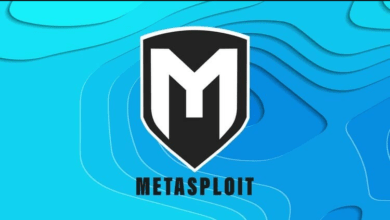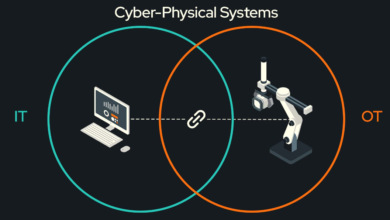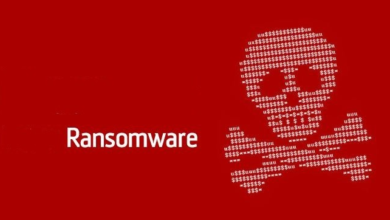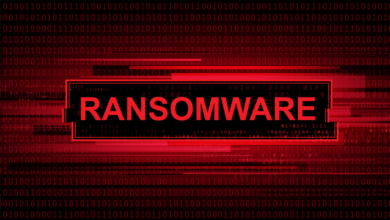What is Bug Bounty program | Top Bug Bounty Platforms
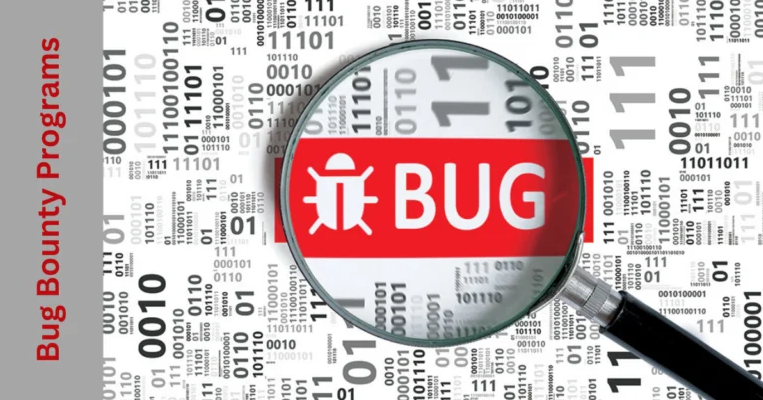
What if the next cybersecurity hero is an ethical hacker exposing vulnerabilities before they’re exploited? In a digital landscape rife with threats, a bug bounty program transforms potential crises into opportunities for protection. By inviting skilled security researchers to hunt down flaws, these programs provide companies with a vital layer of defense while rewarding those who uncover weaknesses. This proactive approach not only safeguards data but builds a powerful alliance of trust in the tech world. With Top Bug Bounty Platforms like HackerOne, Bugcrowd, and Synack leading the charge, organizations gain access to a global community of experts working tirelessly to keep their systems secure.
Dive in to discover how bug bounty programs are turning cybersecurity into a dynamic, collaborative shield in the fight against evolving digital threats.
Table of Contents
What is a Bug Bounty Program?
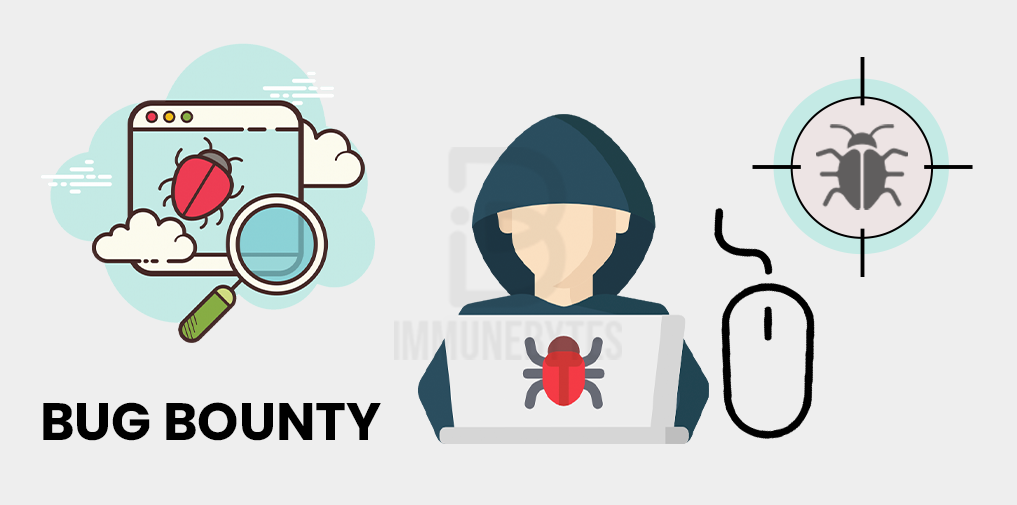
It’s a groundbreaking initiative where companies invite ethical hackers and cybersecurity researchers to identify and report vulnerabilities in their systems. Rather than waiting for a malicious attack, organizations take a proactive stance by offering financial rewards, or “bounties,” to those who successfully uncover and document weaknesses. This approach harnesses a global network of cybersecurity experts who bring fresh perspectives, spotting potential threats traditional teams might miss. From web applications to network infrastructure, a bug bounty program empowers companies to fortify their defenses, reducing risk while cultivating trust. Not only does this keep sensitive information secure, but it also drives a culture of shared responsibility, where ethical hackers play a key role in safeguarding digital assets.
How Does a Bug Bounty Program Work?
1- Invitation
The invitation phase of a bug bounty program is where collaboration begins. It’s a formal request from organizations to the cybersecurity community, inviting skilled ethical hackers to explore their digital defenses. Through this step, companies outline the assets they want tested, from applications to networks, and establish clear guidelines and incentives. This initial outreach is crucial—it not only defines the scope of engagement but also builds a bridge of trust, encouraging researchers to bring their expertise to the forefront. By opening their systems to rigorous scrutiny, organizations transform potential vulnerabilities into fortified security measures.
2- Scope Definition
In a bug bounty program, scope definition is a critical step, setting clear boundaries on what systems, applications, and assets are open for testing. By outlining the specific areas where ethical hackers can operate, companies ensure focused and productive vulnerability searches. This clarity helps prevent unauthorized access and protects sensitive information outside the program’s scope. For researchers, defined scope acts as a guide, sharpening their focus on areas that matter most to the organization’s security. With a well-defined scope, the bug bounty program becomes a powerful, controlled environment for uncovering and addressing potential threats.
3- Vulnerability Search
In the bug bounty program, the vulnerability search is where skilled researchers dive deep into systems, meticulously hunting for flaws that could compromise security. Equipped with advanced tools and their own ingenuity, these ethical hackers explore every nook and cranny of the designated scope, probing for overlooked weaknesses and hidden threats. This stage transforms the bug bounty program into an intense discovery process, where each finding has the potential to prevent future attacks. The vulnerability search isn’t just a test of technical skill; it’s a vital safeguard, ensuring that any possible breaches are identified before malicious actors can exploit them.
4- Reporting
In a bug bounty program, the reporting phase is crucial for translating discoveries into actionable insights. Once ethical hackers identify vulnerabilities, they meticulously document their findings, providing detailed descriptions, steps to reproduce the issue, and potential impacts. This comprehensive reporting not only facilitates swift remediation but also enhances the organization’s overall security posture. Clear communication is vital; researchers must articulate their findings in a manner that is accessible to both technical and non-technical stakeholders. A well-structured report fosters collaboration, ensuring that insights gained during the bug bounty program are effectively leveraged to fortify defenses and mitigate future risks.
5- Validation and Reward
The validation and reward phase of a bug bounty program is where discoveries turn into recognition and compensation. Once a vulnerability is reported, the organization’s security team rigorously assesses the findings, verifying their authenticity and evaluating their severity. This meticulous validation process ensures that only genuine vulnerabilities receive acknowledgment. Upon confirmation, researchers are rewarded based on the impact and complexity of the flaw. This incentivization not only motivates ethical hackers but also fosters a collaborative environment. The rewards, whether monetary or in the form of accolades, reinforce the importance of participation in the bug bounty program, driving ongoing commitment to enhancing cybersecurity.
Types of Bug Bounty Programs
1. Private Bug Bounty Programs
Private bug bounty programs are exclusive initiatives where only selected researchers are invited to participate. Organizations typically choose a limited number of vetted ethical hackers based on their skills and experience. This model provides several advantages:
- Controlled Environment: By limiting the number of participants, organizations can maintain tighter control over the testing environment and sensitive information.
- Focused Testing: Private programs allow organizations to direct attention to specific areas of concern, ensuring that researchers focus on critical systems or applications.
- Established Relationships: With trusted researchers, organizations can build ongoing partnerships, fostering a collaborative environment that encourages consistent communication and feedback.
2. Public Bug Bounty Programs
Public bug bounty programs are open to all researchers, enabling a wider pool of talent to identify vulnerabilities. These programs offer several benefits and challenges:
- Diversity of Expertise: A larger participant pool brings diverse perspectives and skills, increasing the likelihood of uncovering significant vulnerabilities that might go unnoticed.
- Community Engagement: Public programs enhance an organization’s reputation within the cybersecurity community, promoting transparency and collaboration.
- Management Complexity: With the influx of submissions, organizations must have robust triage and management processes in place to handle reports efficiently. This can require additional resources and personnel.
3. Vulnerability Disclosure Programs (VDPs)
VDPs serve as foundational initiatives that allow researchers to report vulnerabilities without the promise of financial rewards. Key characteristics include:
- Safe Reporting Channels: VDPs establish a clear and safe mechanism for researchers to disclose vulnerabilities, fostering a culture of responsible reporting.
- Building Trust: By openly accepting reports, organizations can build trust with the cybersecurity community and demonstrate their commitment to security.
- Path to Bug Bounty Programs: Many organizations start with VDPs to gauge interest and effectiveness before transitioning to a formal bug bounty program.
4. Hackathons
Hackathons are time-limited events that bring together researchers and security experts to identify vulnerabilities in a structured setting. These events offer unique advantages:
- Intensive Collaboration: Hackathons foster collaboration among participants, often leading to innovative approaches to identifying vulnerabilities.
- Focused Objectives: Organizations can target specific systems or applications, ensuring concentrated efforts on critical security concerns.
- Community Engagement: These events provide an opportunity for organizations to engage with the broader cybersecurity community, showcasing their commitment to security.
5. Managed Bug Bounty Programs
Managed bug bounty programs are facilitated by third-party platforms that handle all aspects of the bug bounty process. This model provides several benefits:
- Expert Management: These platforms have established processes and expertise in managing submissions, ensuring efficient triage and validation.
- Comprehensive Reporting: Managed programs often provide structured reporting and feedback mechanisms, enhancing communication between researchers and organizations.
- Resource Efficiency: By outsourcing the management of the bug bounty program, organizations can focus on their core activities while still benefiting from external expertise.
6. Researcher Incentive Programs
Researcher incentive programs reward ethical hackers based on the quality and impact of their findings rather than fixed bounties. Key features include:
- Performance-Based Rewards: This model incentivizes researchers to conduct thorough investigations, potentially leading to more significant and impactful reports.
- Flexibility in Compensation: Organizations can offer varying rewards based on the severity of the vulnerabilities discovered, aligning incentives with security priorities.
- Encouragement of Deep Research: By rewarding quality over quantity, organizations encourage researchers to explore complex vulnerabilities that may require more time and effort.
Bug Bounty Programs for Vulnerability Management
Bug bounty programs have emerged as a pivotal strategy for effective vulnerability management in today’s digital landscape. By harnessing the expertise of ethical hackers, organizations can proactively identify and mitigate security flaws before they are exploited by malicious actors. These programs facilitate a dynamic interaction between businesses and the cybersecurity community, fostering an environment of collaboration and continuous improvement.
Participants in a bug bounty program meticulously scrutinize systems, applications, and networks, uncovering hidden vulnerabilities that may otherwise evade detection. The structured nature of these programs allows organizations to prioritize vulnerabilities based on their severity and potential impact. This targeted approach not only enhances security posture but also optimizes resource allocation, ensuring that critical issues are addressed promptly. As organizations increasingly embrace digital transformation, integrating bug bounty programs into vulnerability management strategies is essential for safeguarding sensitive data and maintaining trust in their digital ecosystems.
Top Bug Bounty Platforms
1. HackerOne
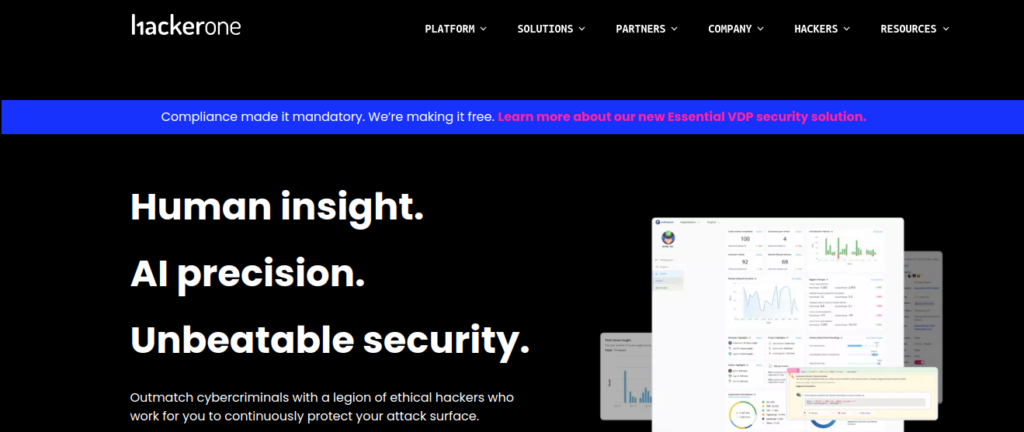
HackerOne stands as a leader in the realm of cybersecurity, offering a robust Top Bug Bounty Platforms that connects organizations with a global community of ethical hackers. This platform enables companies to proactively identify vulnerabilities in their systems by leveraging the diverse skills of security researchers. With a user-friendly interface, HackerOne facilitates streamlined communication between hackers and organizations, ensuring that reported issues are triaged and addressed efficiently.
The bug bounty program hosted on HackerOne encompasses a wide range of companies, from startups to Fortune 500 giants, all seeking to fortify their security posture. The platform not only rewards researchers for their findings but also fosters an environment of collaboration and continuous learning. By harnessing the collective intelligence of the ethical hacking community, HackerOne empowers organizations to stay ahead of emerging threats, transforming vulnerability management into a proactive and dynamic process essential for safeguarding digital assets.
2. Bugcrowd
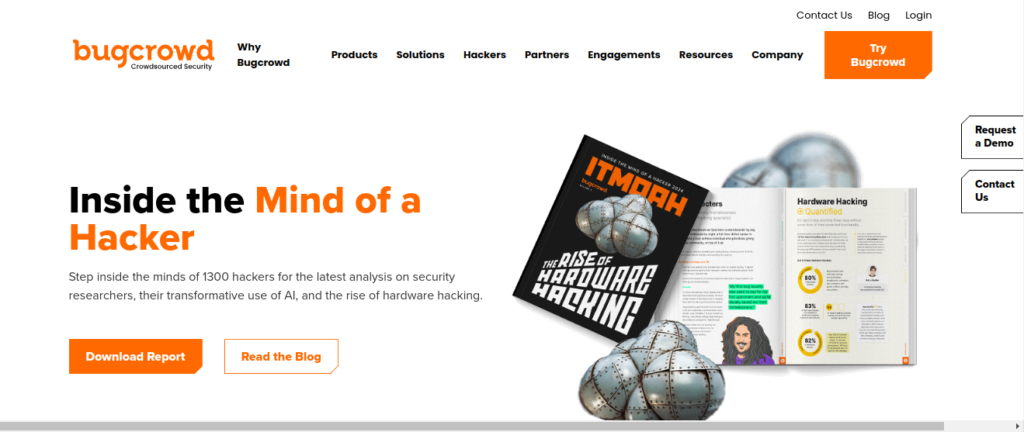
Bugcrowd has established itself as a pivotal player in the cybersecurity landscape, offering an innovative bug bounty program that bridges the gap between organizations and a vast pool of skilled ethical hackers. This platform empowers companies to bolster their security defenses by tapping into the collective expertise of the global research community. With a focus on collaboration, Bugcrowd facilitates seamless interactions between researchers and businesses, ensuring vulnerabilities are reported and remediated swiftly.
What sets Bugcrowd apart is its emphasis on diversity and flexibility, allowing organizations to customize their bug bounty program to align with specific security needs. Whether through public or private initiatives, Bugcrowd’s structured approach enables companies to prioritize high-impact vulnerabilities while engaging a wide array of talent. By integrating Bugcrowd’s services, organizations not only enhance their security posture but also cultivate a culture of transparency and trust within the cybersecurity ecosystem, ultimately transforming vulnerability management into a proactive endeavor.
3. Synack
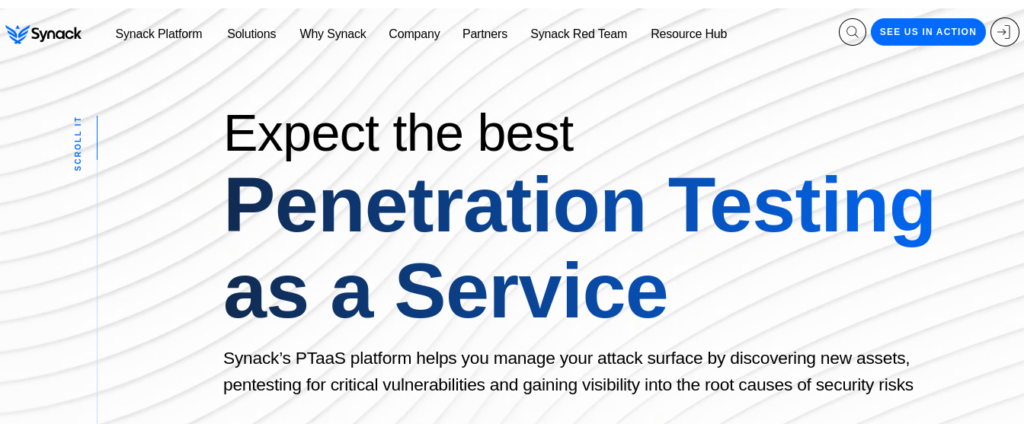
Synack revolutionizes the landscape of cybersecurity with its unique approach to vulnerability discovery through a tailored of Top Bug Bounty Platforms. By combining cutting-edge technology with the expertise of a curated network of ethical hackers, Synack delivers a sophisticated platform that enhances organizations’ security measures. Unlike traditional models, Synack employs a rigorous vetting process, ensuring that only top-tier researchers participate in the bug bounty program.
This model fosters a collaborative environment where security researchers can identify vulnerabilities while maintaining confidentiality and safety for organizations. Synack’s innovative platform also integrates advanced analytics, providing businesses with actionable insights and prioritization of threats based on risk levels. The result is a streamlined process that not only uncovers hidden vulnerabilities but also empowers organizations to respond effectively. As cyber threats become increasingly sophisticated, partnering with Synack through its bug bounty program positions businesses at the forefront of proactive security measures, safeguarding their digital assets with confidence.
4. Intigriti
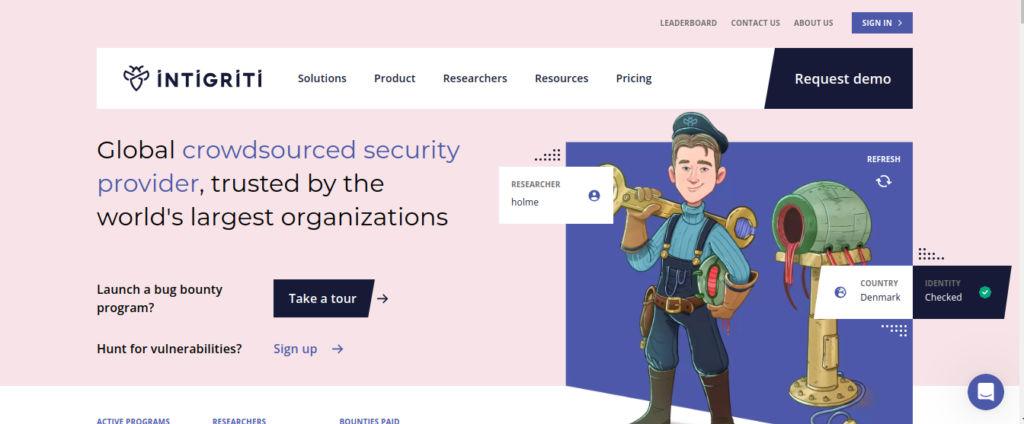
Intigriti stands out as a premier platform in the realm of cybersecurity, offering an innovative bug bounty program designed to empower organizations in their quest for robust security. By leveraging a vibrant community of ethical hackers, Intigriti facilitates a collaborative environment where vulnerabilities can be identified and remediated swiftly. This platform prides itself on transparency and accessibility, making it easy for businesses to engage with top-tier talent from around the globe.
The bug bounty program provided by Intigriti is highly customizable, allowing companies to define their specific security objectives and risk profiles. This flexibility ensures that organizations can focus on critical areas while encouraging diverse approaches to vulnerability discovery. With a user-friendly interface and comprehensive reporting tools, Intigriti streamlines the communication process between hackers and organizations, fostering a sense of partnership. As the cybersecurity landscape continues to evolve, Intigriti’s bug bounty program equips businesses with the tools necessary to stay ahead of potential threats, ensuring their digital assets remain secure.
5. YesWeHack
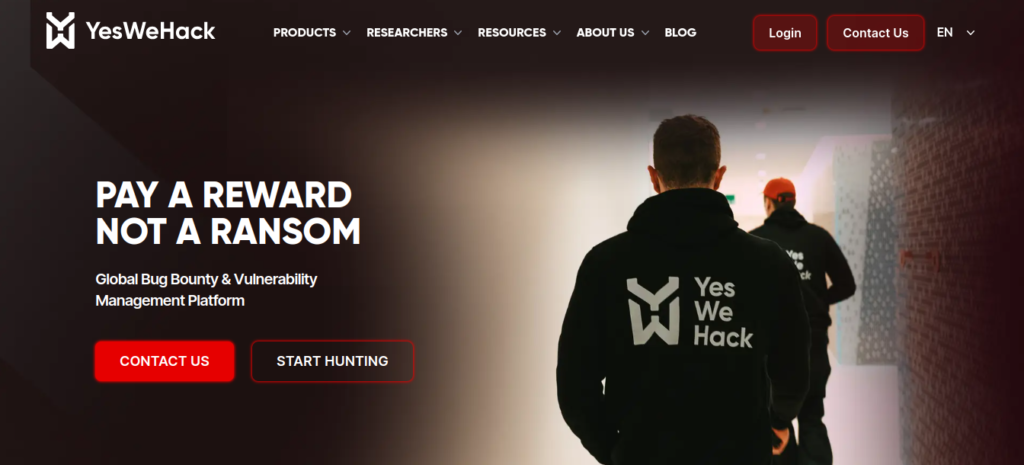
YesWeHack has emerged as a formidable force in the cybersecurity domain, specializing in innovative bug bounty programs that empower organizations to enhance their security posture. By connecting businesses with a diverse community of ethical hackers, YesWeHack enables proactive vulnerability identification through collaborative efforts. The platform’s unique model emphasizes inclusivity, inviting hackers of varying expertise levels to participate and contribute to security improvements.
With its intuitive interface, the bug bounty program offered by YesWeHack facilitates streamlined communication between security researchers and organizations, ensuring that vulnerabilities are reported, prioritized, and remediated efficiently. The platform supports both public and private initiatives, allowing companies to tailor their approach based on specific security needs and risk management strategies. As cyber threats become increasingly sophisticated, engaging with YesWeHack’s bug bounty program is not just a defensive strategy but a commitment to fostering a culture of security and resilience, ultimately safeguarding digital assets and consumer trust.
6. HackenProof
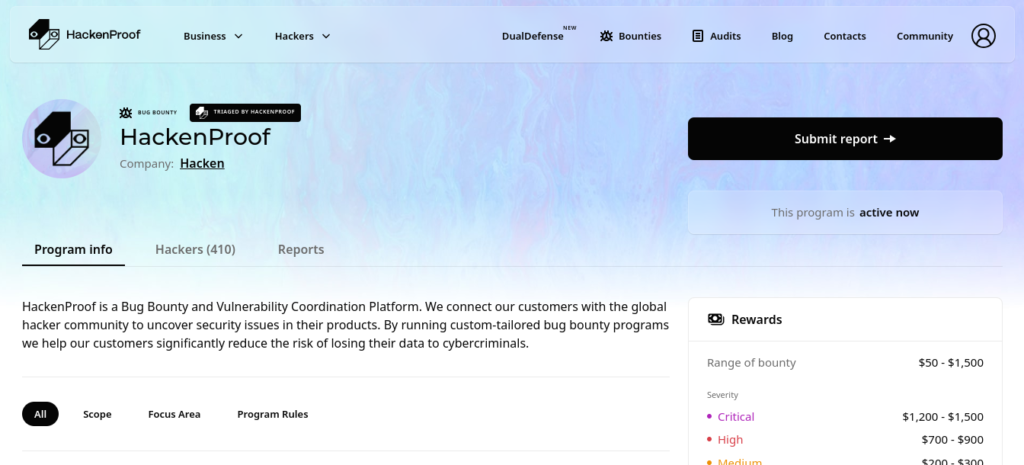
HackenProof stands at the forefront of cybersecurity solutions, offering a dynamic bug bounty program tailored to meet the evolving needs of organizations. By harnessing the expertise of a global network of ethical hackers, HackenProof enables businesses to discover vulnerabilities before they can be exploited. This collaborative model fosters a culture of security, encouraging proactive engagement from researchers who are passionate about enhancing digital safety.
The bug bounty program provided by HackenProof is designed with flexibility in mind, allowing companies to customize their initiatives according to specific security requirements. With a streamlined platform, organizations can efficiently manage submissions, track vulnerabilities, and prioritize remediation efforts. Additionally, HackenProof’s rigorous vetting process ensures that only top-tier talent participates, maximizing the quality of findings. As the cybersecurity landscape becomes increasingly complex, partnering with HackenProof through its bug bounty program not only fortifies defenses but also promotes innovation and trust in a rapidly changing digital environment.
Conclusion
In conclusion, a well-structured bug bounty program serves as an invaluable asset in today’s cybersecurity landscape. By inviting skilled ethical hackers to identify vulnerabilities, organizations can proactively strengthen their defenses against potential threats. This collaborative approach not only fosters innovation and trust within the cybersecurity community but also facilitates continuous improvement in security practices. As cyber threats evolve, integrating a bug bounty program into an organization’s vulnerability management strategy is no longer optional; it is imperative. Embracing this model empowers businesses to safeguard their digital assets, ensuring a resilient and secure operational environment in an increasingly complex digital world.
FAQ: Bug Bounty Program
- What is a bug bounty program?
is an initiative where organizations invite ethical hackers to identify and report vulnerabilities in their systems in exchange for rewards. - How does a bug bounty program work?
companies define their scope, invite researchers to test their systems, and reward them for valid vulnerabilities they discover. - What are the benefits of a bug bounty program?
it’s helps organizations improve security by leveraging a global pool of hackers, discovering vulnerabilities faster, and fostering a proactive security culture. - What types of vulnerabilities can be reported in a bug bounty program?
Participants in can report various vulnerabilities, including cross-site scripting (XSS), SQL injection, and other security weaknesses. - How are rewards determined in a bug bounty program?
Rewards in a bug bounty program vary based on the severity of the vulnerability found, its impact, and the organization’s budget or policies. - Can anyone participate in a bug bounty program?
Most bug bounty programs are open to all ethical hackers, though some may require prior experience or specific qualifications. - What are the top bug bounty platforms?
Some of the top bug bounty platforms include HackerOne, Bugcrowd, Synack, Intigriti, YesWeHack, and HackenProof, each offering unique features for participants. - How do organizations manage submissions in a bug bounty program?
Organizations typically use bug bounty platforms to manage submissions, track vulnerabilities, communicate with researchers, and facilitate rewards.

